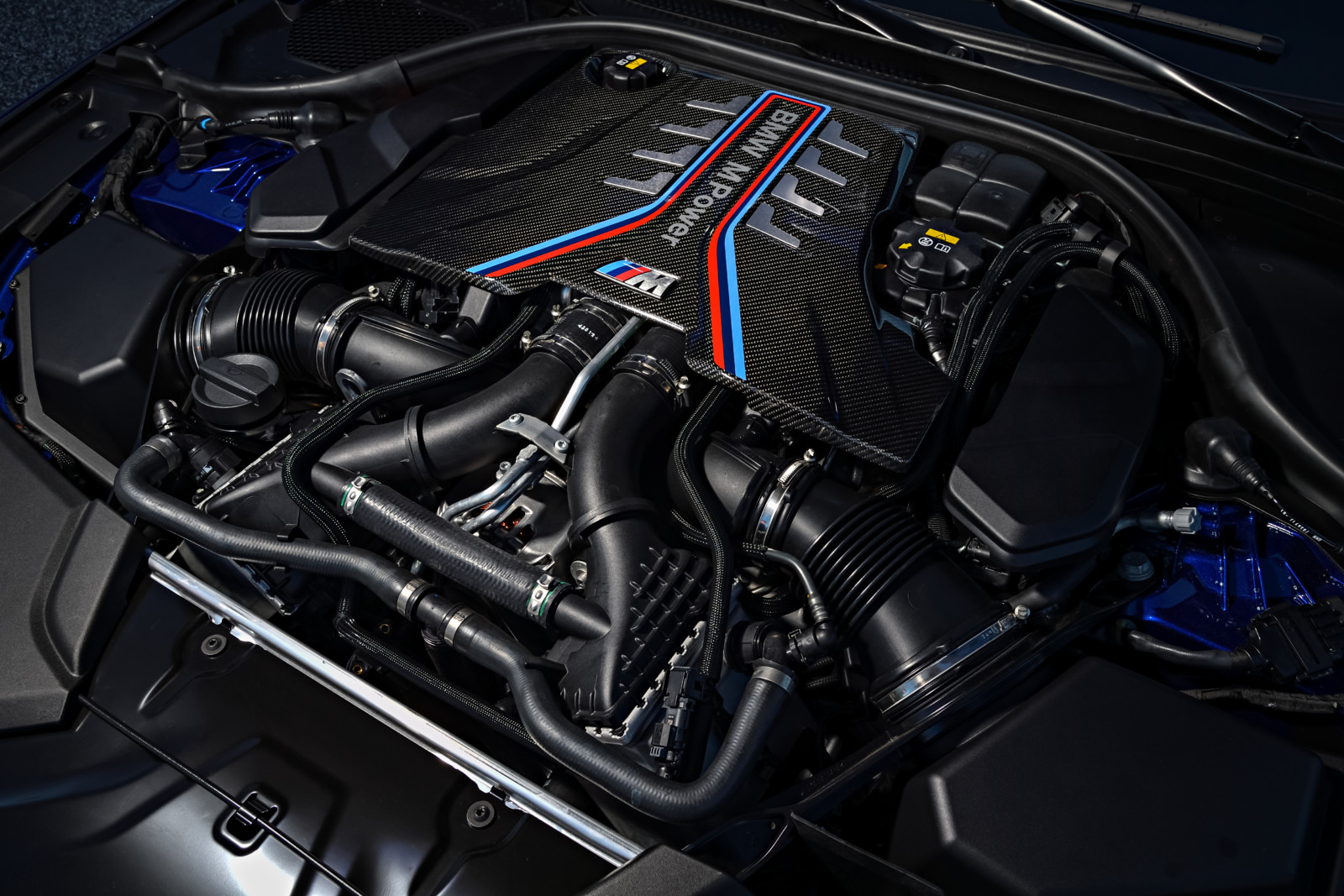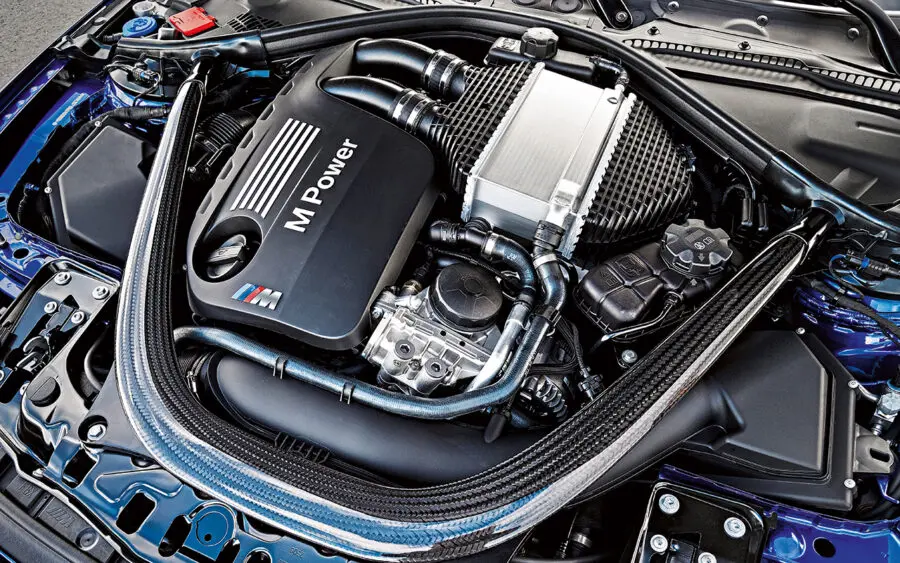Just how to Keep Your BMW Engine for Optimum Efficiency and Long Life
Just how to Keep Your BMW Engine for Optimum Efficiency and Long Life
Blog Article
Exploring the Advancement of Combustion Engines in Modern Transport Equipments
As we browse the landscape of modern-day transport, the advancement of combustion engines stands as a testament to human ingenuity and design expertise. The interaction of background, innovation, and ecological concerns in shaping the trajectory of combustion engines develops a narrative that is both informative and engaging.
Very Early Beginnings of Combustion Engines
How did the concept of combustion engines very first emerge in the onset of transportation growth? The roots of burning engines can be mapped back to the 17th century when the principles of inner combustion were initial explored. In 1673, Christian Huygens conceived a standard inner burning engine that used gunpowder to produce power. It wasn't until the late 19th century that useful applications of combustion engines in transport started to emerge.
The advancement moment included the creation of the very first successful gasoline-powered engine by Karl Benz in 1885 - bmw engine. This engine paved the means for the growth of the modern-day automobile, reinventing transportation systems worldwide. Succeeding advancements by Nikolaus Otto and Gottlieb Daimler better improved burning engine technology, resulting in the mass production of vehicles and the quick growth of the transport sector
These very early combustion engines were defined by their simpleness and effectiveness, laying the structure for the facility and powerful engines made use of in contemporary transportation systems. The development of burning engines has been instrumental in forming the method we travel and transport items, marking a significant turning point in the history of transport growth.
Shift to Internal Combustion Innovation
The change to inner burning modern technology noted a critical shift in the advancement of transportation systems. This shift began in the late 19th century, with inventors like Nikolaus Otto and Gottlieb Daimler developing the initial effective internal combustion engines. These engines reinvented transport by providing a more reliable and effective alternative to steam engines and electric motors.
Among the crucial advantages of internal combustion engines was their ability to be scaled down to fit into cars, causing the development of motorbikes and autos. This change from bulky, fixed engines to compact, mobile ones led the way for the modern transportation systems we see today.
The change to interior burning innovation likewise spurred innovations in fuel modern technology, resulting in the development of fuel and diesel as primary gas sources for cars. This change not just made transport more obtainable to the masses but additionally laid the foundation for the oil and gas market to end up being integral to international economic situations.
Influence of Combustion Engines on Transportation
The fostering of combustion engines in transportation systems catalyzed an extensive change in the performance and rate of worldwide wheelchair. Combustion engines transformed transportation by supplying a flexible and trusted source of power for numerous lorries, including autos, ships, airplanes, and trucks. This innovation considerably boosted the capacity for goods and people to conform fars away in much shorter time frameworks, causing boosted connectivity in between regions and countries.
Additionally, the widespread use combustion engines has had a considerable influence on economic advancement. The capability to transport goods efficiently has stimulated profession and commerce, allowing companies to increase their markets and get to customers worldwide. This has actually facilitated economic growth and globalization, as products Going Here can currently be transferred much faster and in larger amounts than in the past.
However, the ecological influence of combustion engines can not be ignored. The combustion of fossil fuels has actually resulted in air pollution and greenhouse gas emissions, adding to climate change and posturing wellness dangers to populations. bmw engine. Because of this, there is a growing emphasis on establishing alternate propulsion technologies to mitigate these adverse impacts and create a much more sustainable future for transport
Innovations in Burning Engine Design
One notable development is the advancement of turbocharged engines, which utilize exhaust gases to drive a wind turbine that presses inbound air, allowing for even more gas to be burnt, resulting in increased power output without a considerable boost in engine dimension. Variable valve timing systems have actually additionally transformed engine design by optimizing airflow at different engine speeds, boosting both power and effectiveness. These technologies jointly add to the continual enhancement of burning engines in modern transport systems.
Future Fads in Combustion Engine Development
With technology developments driving continuous development, the future of combustion engine development is poised to revolutionize transport systems internationally. One of the essential patterns in combustion engine development is the press in the direction of greater performance and reduced discharges. Makers are investing heavily in study and advancement to boost engine performance while fulfilling rigid ecological policies. This consists of the combination of innovative gas injection systems, improved turbocharging methods, and making use of lightweight products to optimize fuel consumption and decrease carbon emissions.
An additional popular pattern is the fostering of hybrid innovations in combustion engines. Hybrid engines combine conventional combustion technology with electrical power, offering boosted gas performance and reduced discharges. As the auto market changes towards electrification, hybrid combustion engines are viewed as a transitional remedy that links the space in between standard cars and fully electrical ones.
In addition, the assimilation of wise technologies, such as expert system and information analytics, is expected to play a significant role in the future of combustion engine growth. These innovations can enhance engine efficiency in real-time, causing a lot more efficient combustion processes and boosted general car efficiency. Accepting these future trends will certainly not only drive advancement in burning engine development but likewise add to a much more lasting and eco pleasant transport environment.

Final Thought
Finally, the evolution of combustion engines in contemporary transport systems has been marked by significant advancements in modern technology and layout. click for info From the early starts of burning engines to the change to interior burning modern technology, these engines have had an extensive influence on transportation. Technologies in combustion engine design remain to drive development in this field, with future fads concentrating on more enhancing performance and reducing discharges. The future of burning engines in transportation looks encouraging as r & d initiatives continue to push limits.
The roots of combustion engines can be mapped back to the 17th century when the concepts of internal combustion were initial checked out. These engines reinvented transport by providing a much more reliable and effective alternative to heavy steam engines and electric motors.

Report this page